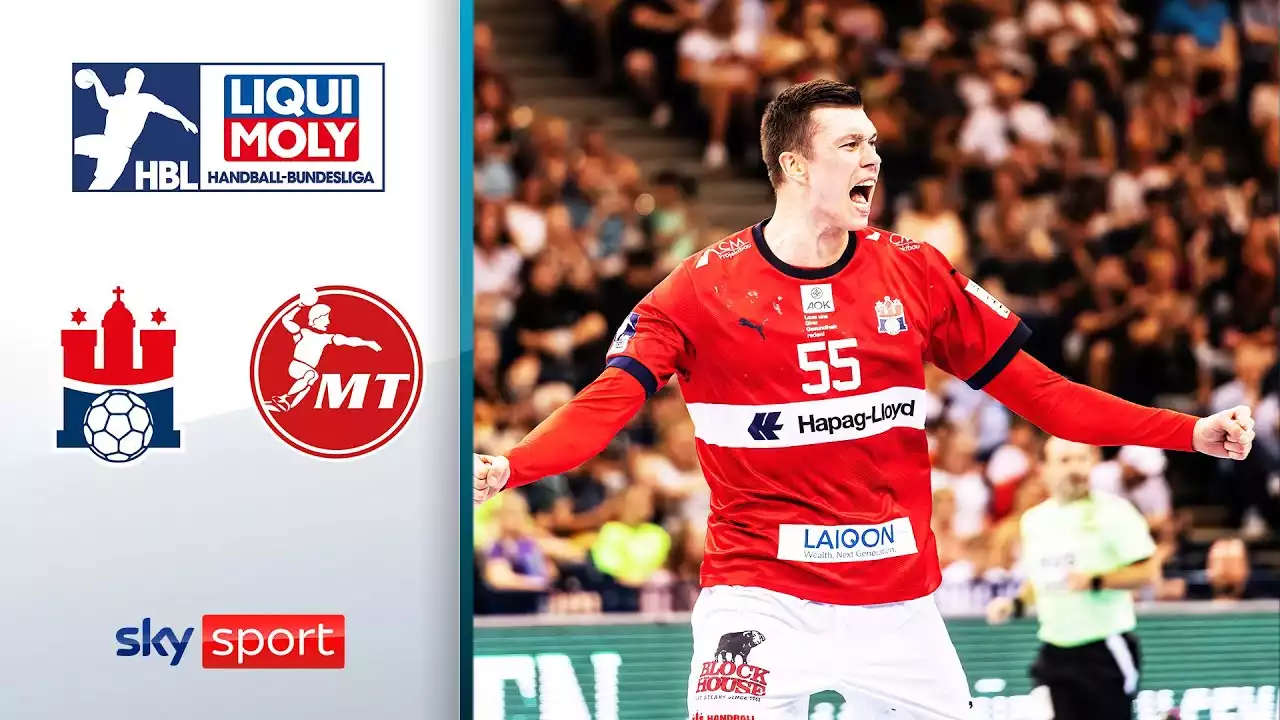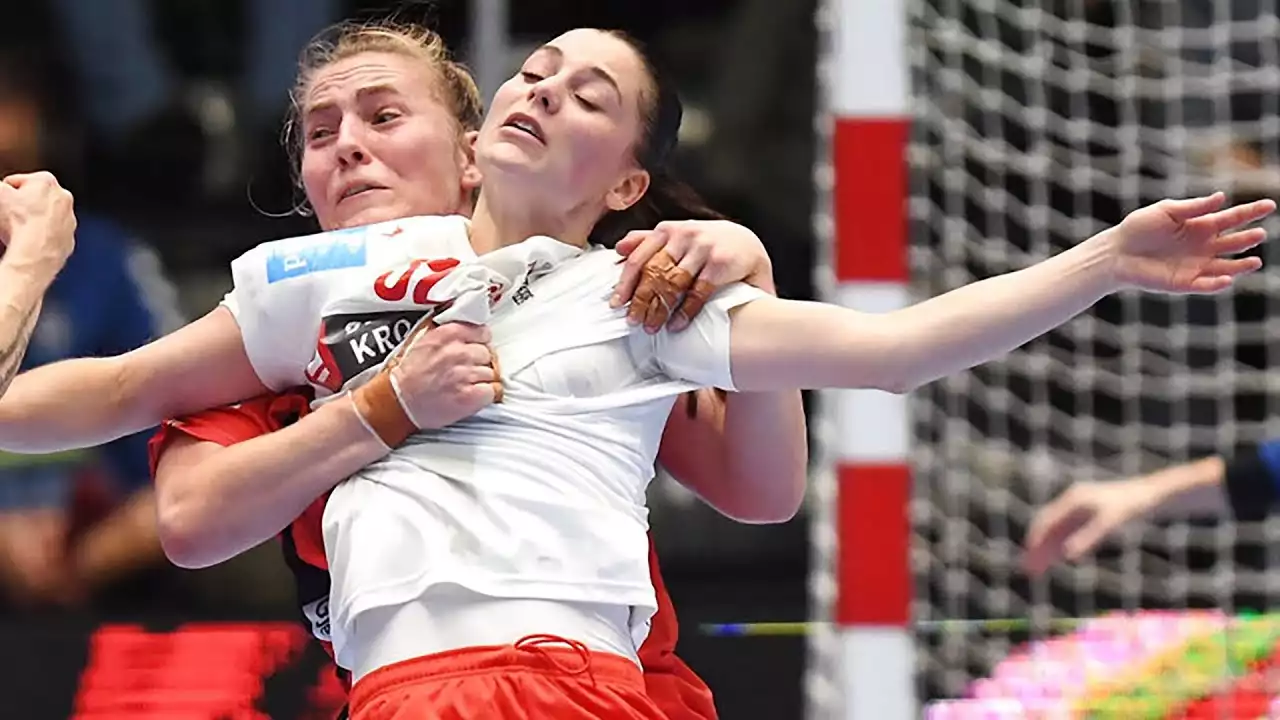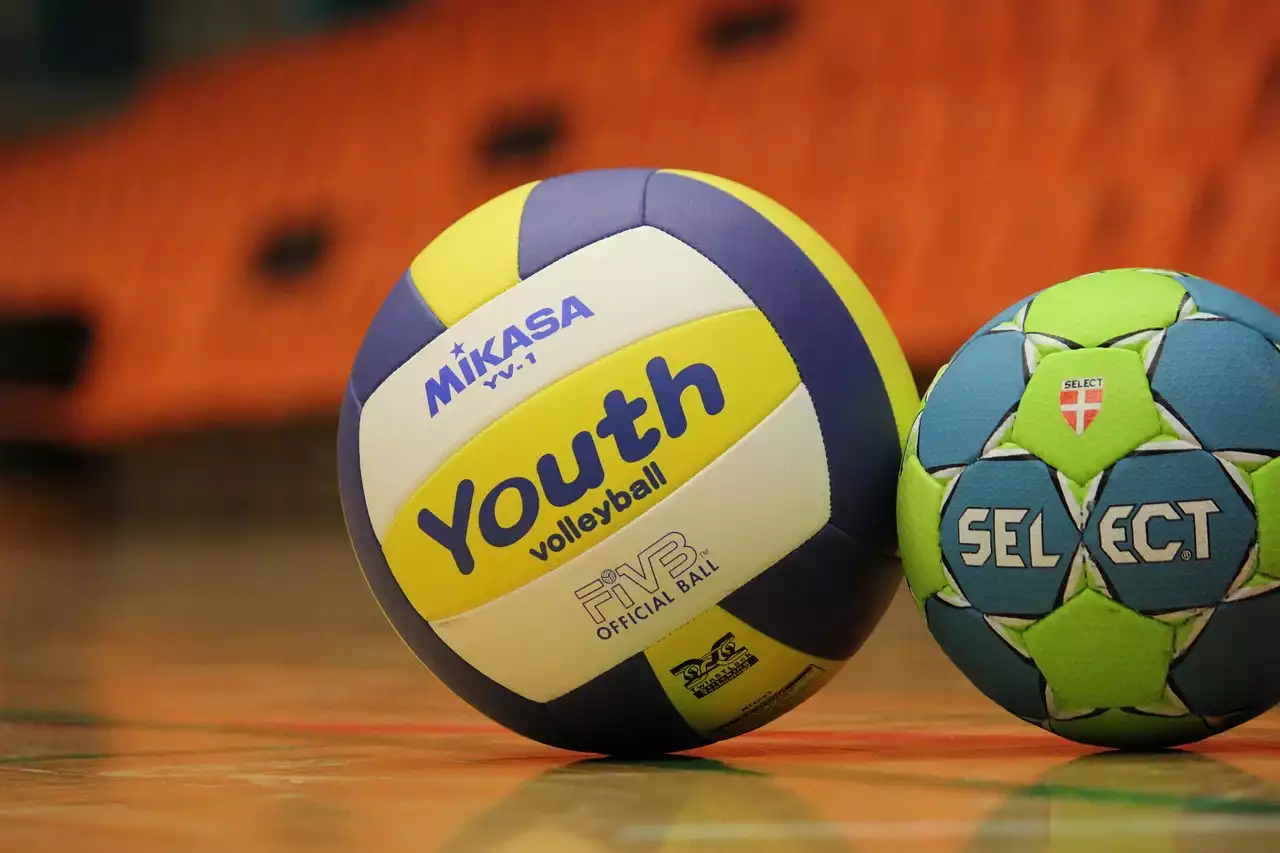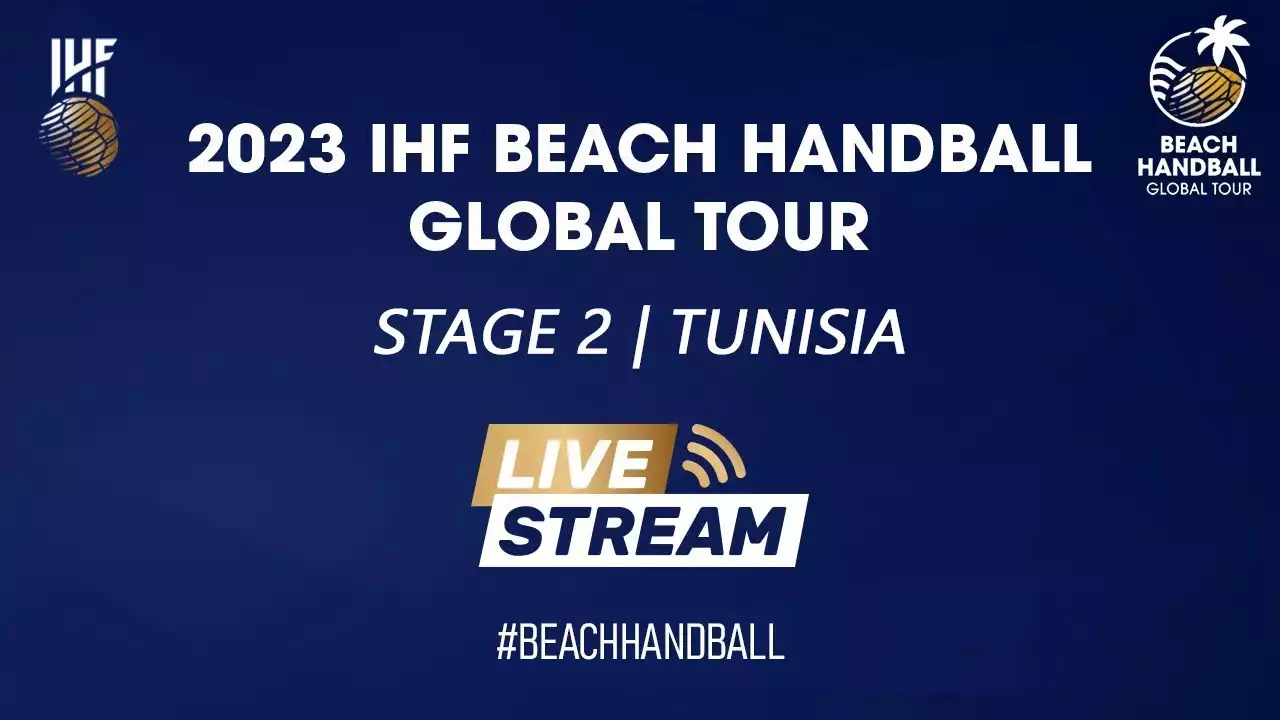Overview of International Handball Competitions
Handball, a sport that originated in Europe, has now spread its wings across continents. The international handball calendar is packed with exciting tournaments that bring together teams from all corners of the world. The pinnacle of handball competitions is the Olympics, where the best national teams battle for gold. The World Championships, organized by the International Handball Federation (IHF), are another prestigious event that showcases the sport's finest talent. Regional competitions, such as the European Handball Championship and the Pan American Handball Championship, also provide a platform for teams to compete at a high level. These competitions not only offer thrilling matches but also serve as stepping stones for teams to qualify for the major tournaments. The international handball landscape is a vibrant tapestry of competitions that test the mettle of teams and players.
Major International Handball Tournaments
The Olympic Games, held every four years, are the epitome of sporting excellence and global unity. Handball has been a part of the Summer Olympics since 1936, and the tournament has witnessed some of the most memorable moments in the sport's history. The World Championships, on the other hand, take place every two years and bring together teams from around the globe to compete for the coveted title. These championships showcase the highest level of handball, with teams leaving no stone unturned in their pursuit of victory. The European Handball Championship, held biennially, features teams from Europe battling it out for continental supremacy. The Pan American Handball Championship, the African Handball Championship, and the Asian Handball Championship are other major tournaments that showcase the sport's diversity and global reach.
Handball Rankings and How They Work
Handball rankings serve as a barometer of a team's performance and standing in the sport. The IHF World Ranking is a system that evaluates national teams based on their performance in international competitions. The ranking takes into account the results of the Olympic Games, World Championships, continental championships, and other IHF-approved tournaments. The points awarded to teams are determined by their finishing position in these competitions, with higher points granted for success in more prestigious events. The ranking is updated regularly, reflecting the changing fortunes of teams as they compete in various tournaments. The IHF World Ranking not only provides an objective measure of a team's performance but also influences the seeding and qualification processes for future tournaments.
The Significance of International Handball Rankings
International handball rankings hold great significance for teams, players, and fans alike. For teams, a higher ranking means better seeding in tournaments, which can lead to more favorable draws and potentially easier paths to success. A higher ranking also boosts a team's reputation and can attract sponsors and support. For players, being a part of a highly ranked national team brings recognition and opportunities for professional contracts and endorsements. Handball fans closely follow the rankings to gauge the strength of teams and anticipate exciting matchups. The rankings also fuel debates and discussions about the sport, creating a sense of anticipation and excitement among supporters. Overall, international handball rankings provide a sense of order and hierarchy in the sport, shaping the narrative of the global handball community.
Top Handball Teams and Players in the World
Handball boasts a stellar cast of top-notch teams and players who have left an indelible mark on the sport. National teams such as France, Denmark, Norway, and Spain have consistently ranked among the best in the world, showcasing their prowess and skill on the international stage. These teams have achieved remarkable success, claiming multiple titles and medals in major tournaments. In terms of individual players, names like Nikola Karabatic, Mikkel Hansen, and Domagoj Duvnjak have become synonymous with excellence in handball. These players have not only showcased their exceptional skills but also provided inspiration to aspiring handball players around the world. As the sport continues to evolve, new stars emerge, pushing the boundaries of what is possible in handball.
Strategies for Success in International Handball Competitions
Achieving success in international handball competitions requires a combination of skill, strategy, and teamwork. Teams must strike a balance between offensive flair and defensive solidity, adapting their tactics to counter different opponents. The ability to execute fast breaks, set plays, and defensive formations is crucial in outwitting opponents. Effective communication and coordination among teammates are essential for seamless transitions and cohesive gameplay. Physical fitness and mental strength play a vital role in enduring the demanding nature of international competitions. The successful teams are those that can maintain consistency and adapt to the ever-changing dynamics of the game. Preparation, discipline, and a relentless pursuit of excellence are the cornerstones of success in handball at the highest level.
Impact of International Handball Competitions on the Sport's Popularity
International handball competitions have played a significant role in the sport's rise in popularity around the world. The exposure that these tournaments provide has helped handball reach new audiences and capture the imagination of sports enthusiasts. The intense and fast-paced nature of the game, coupled with the high level of competition, makes handball a captivating spectacle. The success of teams and players in international competitions has also contributed to the growth of handball at the grassroots level. As young players aspire to emulate their heroes and represent their countries, the sport continues to thrive and expand its reach. International handball competitions have become an integral part of the sport's fabric, fueling its global appeal and ensuring its place among the top-tier sports.
Future of Handball on the Global Stage
Handball's future on the global stage looks promising, with the sport steadily gaining traction in new territories. The increasing popularity of handball in countries outside of Europe, such as Qatar and Brazil, indicates a growing interest in the sport. The inclusion of beach handball in major international events, such as the World Beach Games, has added another dimension to the sport and attracted a wider audience. The continuous efforts to promote handball at the grassroots level and develop young talent bode well for the future of the sport. As handball continues to evolve and innovate, it is poised to capture the hearts and minds of sports fans worldwide, cementing its status as a truly global sport.










